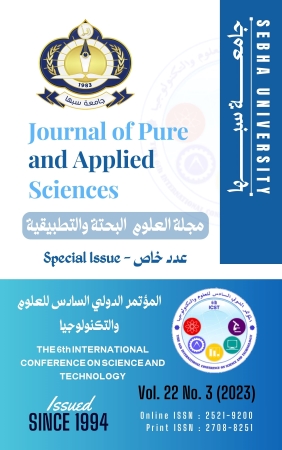Generation of T cell hybridoma as a technique for study the immune response against bacterial infections
Abstract
Study of the acquired immune responses against microbial infection has a high importance, as it is the fundamental basis of designing the vaccines against microbes and production of specific antibodies against infections. Different methods have been established to study the immune responses against infections using different types of immune cells. The main cells of acquired immune system are T cells which generate cellular immune response and B cells that produce humoral immune response. One of the cellular techniques can be generated, as a continues cell system is called a hybridoma. This cell system is used to study the immune responses of T and B cells of the immune system. It can be generated from T cell lines to study cellular immunity, and is called T cell hybridoma, or using B cell lines to study humoral immunity, and is called B cell hybridoma. Generation of T cell hybridoma ( a fusion between antigen-specific primary T cells with an immortal thymoma line) is a significant technique to demonstrate the mechanisms of antigen presenting to T cells. In addition, it is a basic technique for production of monoclonal antibody based on the fusion of B cell lines ( i.e., B cell hybridoma). This article aims to present the procedure of generating T cell hybridoma and its application to study the cellular immune response against M5 protein of Streptococcus pyogenes ( group A Streptococcus - GAS ) as a practical example. It is an important issue to highlight the methods of such successful technique.
Full text article
Authors
Copyright (c) 2023 Journal of Pure & Applied Sciences

This work is licensed under a Creative Commons Attribution 4.0 International License.
In a brief statement, the rights relate to the publication and distribution of research published in the journal of the University of Sebha where authors who have published their articles in the journal of the university of Sebha should how they can use or distribute their articles. They reserve all their rights to the published works, such as (but not limited to) the following rights:
- Copyright and other property rights related to the article, such as patent rights.
- Research published in the journal of the University of Sebha and used in its future works, including lectures and books, the right to reproduce articles for their own purposes, and the right to self-archive their articles.
- The right to enter a separate article, or for a non-exclusive distribution of their article with an acknowledgment of its initial publication in the journal of Sebha University.
Privacy Statement The names and e-mail addresses entered on the Sabha University Journal site will be used for the aforementioned purposes only and for which they were used.





